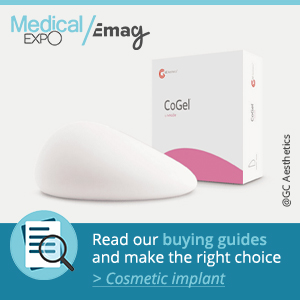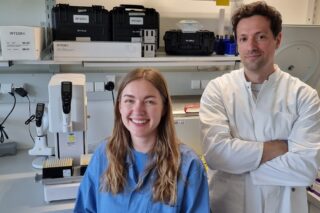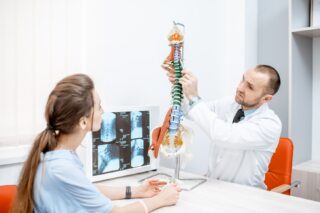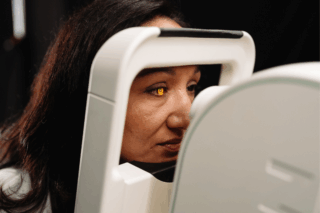Acting on a fundamental cellular level, medical laser therapy, aka photobiomodulation (PBM), can potentially treat the underlying causes of diseases rather than merely alleviating symptoms. While non-invasive red and infrared light therapy has become well-known in recent years, cutting-edge medical laser systems like the Weber Medical Endolaser also allow for intravenous and intra-articular application to harness the therapeutic power of ultraviolet, blue, green, and yellow lasers.
This article was written by Martin Junggebauer, Head of Research and Business.
Integrative medicine emphasizes health as more than the absence of disease, focusing instead on sustainable states of balance, renewal, and preventive care. Medical laser therapy perfectly aligns with these principles by supporting the body´s natural healing responses on a fundamental cellular level and thus treating the root causes of diseases. Since the beginning of the 21st century, the number of research publications has exploded, placing therapy at the forefront of innovative integrative patient care.
The terms red and infrared light therapy are nowadays well-established among the health-sensitive population. These colors of light have a good ability to penetrate the skin and reach depths of up to 5cm into human tissue, making them applicable for non-invasive applications. Ultraviolet, blue, green, and yellow lasers deliver additional therapeutic benefits, but they have limited to no ability to penetrate deep enough into the human body to unfold their therapeutic effects. They can, however, be used intravenously or in joints via the Weber Medical Endolaser system. Such procedures are straightforward to conduct: A needle is placed in the bloodstream or joint and then connected to laser diodes via fiber optic technology. Such interventions cannot only seamlessly be integrated into established workflows (the therapies run mostly by themselves, once started by a medical professional), but are also free of adverse effects and completely pain-free if the right parameters are used.
How it works in the human body
Given that light was a fundamental energy source for the evolution of life, it is unsurprising that light receptors (chromophores) are abundant across living organisms. In the human body, the therapeutically most important light receptor is cytochrome c oxidase, a crucial part of the mitochondrial respiratory chain, where the absorption of photons leads to a cascade of cellular reactions that include
– an increase in adenosine triphosphate (ATP) production, promoting cell function and repair,
– a modulation of reactive oxygen species (ROS), activating cellular signaling pathways and strengthening antioxidant defenses,
– an increase in nitric oxide (NO) production, improving blood circulation,
– a reduction of inflammation by lowering the levels of inflammatory markers and cytokines, and
– an activation of a variety of transcription factors, leading to improved cell survival, increased cell proliferation and migration, and the new synthesis of proteins
Applications
Medical laser therapy is well-established in the following areas:
– In pain management, specifically in musculoskeletal disorders, osteoarthritis, and neuropathic pain.
– In muscle regeneration and athletic performance enhancement
– In neurological disorders such as brain injuries, Alzheimer’s, and Parkinson’s and to improve cognitive function due to its neuroprotective and neuroregenerative effects.
In addition, it is increasingly recognized as an effective intervention for treating
– cardiovascular diseases via intravenous laser blood irradiation (ILBI) which can improve blood circulation, change blood viscosity, and affect the vascular endothelium
– Inflammatory diseases such as arthritis
– infectious diseases via a special protocol known as antimicrobial photodynamic therapy.
– metabolic and autoimmune disorders
– immune system-related disorders
Synergistic effects with other interventions
Other treatments can be applied at the same time and there are often synergistic effects to be exploited. Laser therapy enhances, e.g., cell membrane permeability, facilitating the intracellular uptake of substances administered via IV drips. Certain photosensitive compounds, such as curcumin and St. John’s wort, demonstrate increased efficacy when combined with laser therapy.
Furthermore, the paradigms of light-activated stem cells and PRP (PRF) have emerged over recent years, after studies suggested that the combination with laser therapy enhances the proliferation and survival rates of stem cells and growth factors.
The Weber Medical Endolaser
The Weber Medical Endolaser is the leading medical laser system on the world market. For more information or to obtain a list of scientific literature, contact the author.











